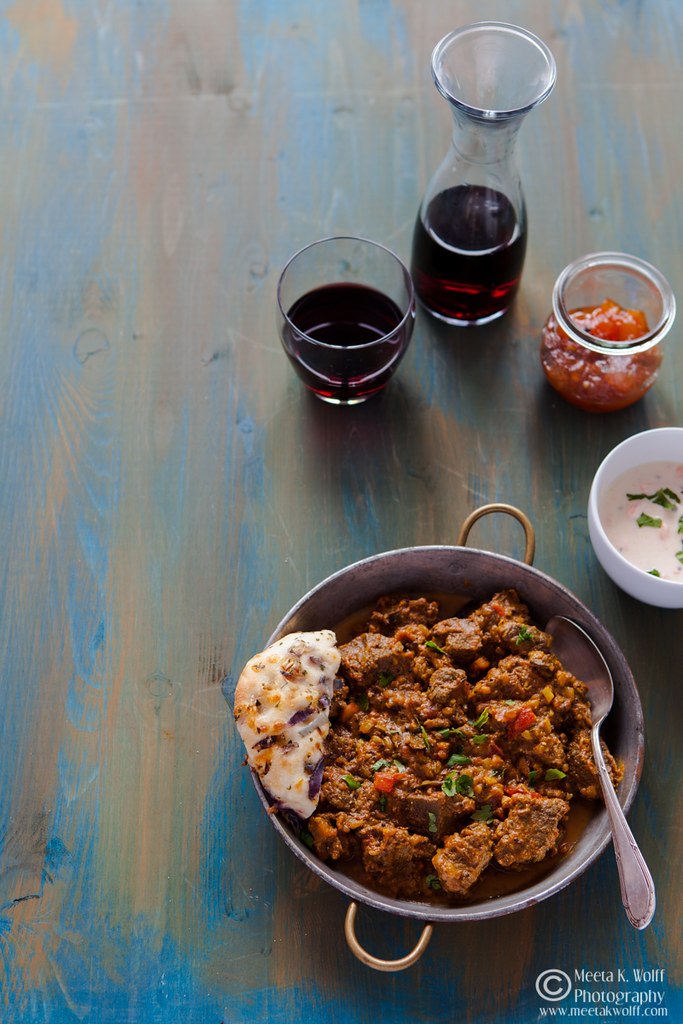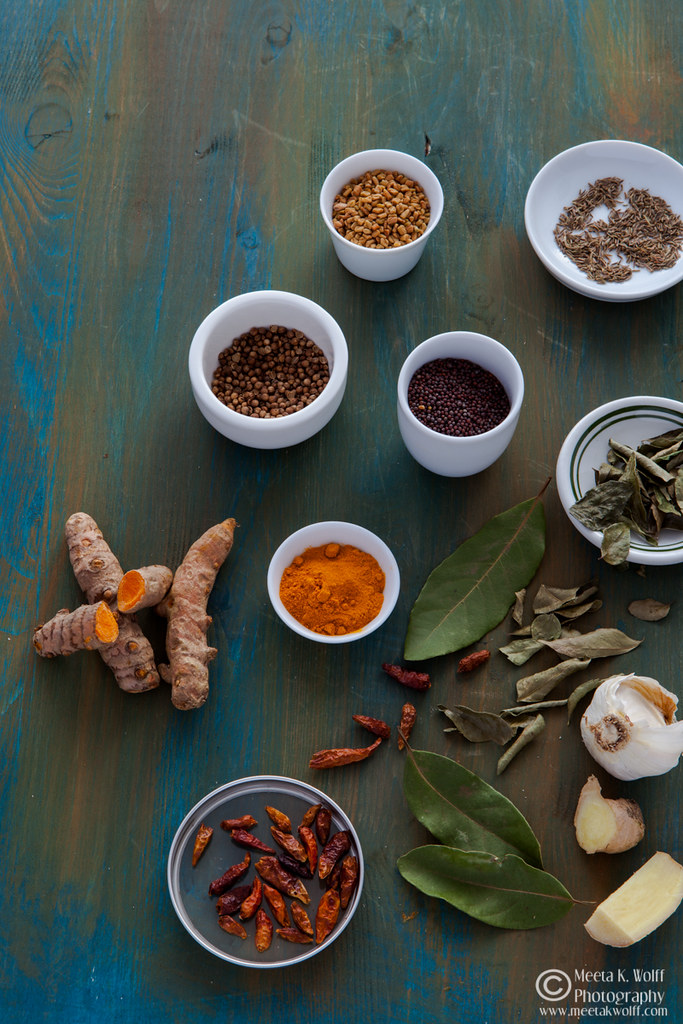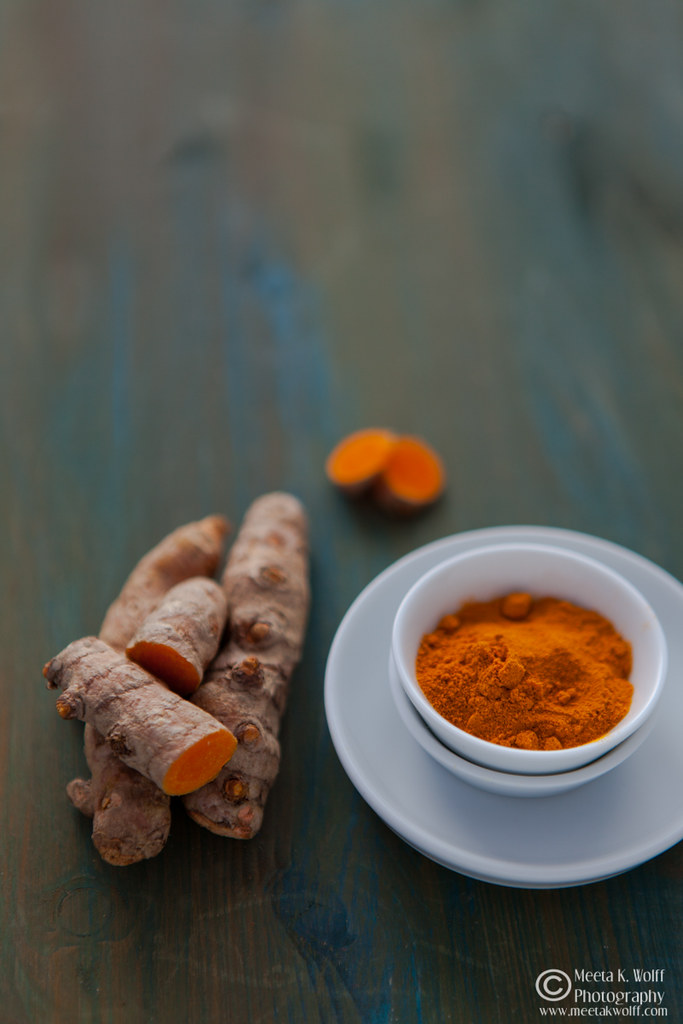
India’s food culture is as varied as its people. Each region boasts of dishes that have clearly defined characteristics and diversity. Up north in Punjab, a fertile land, the dishes are rich with thick gravies and buttery sauces. Rajasthan, an arid region, offers drier game-based and vegetarian dishes often spicy and cooked with buttermilk and curd. Kerala, in the south famous for its incredible variety of both spicy vegetarian and seafood curries, which are thinner and coconut, tamarind and an array of spices are used to flavor the dishes.
This diversity and the numerous types of curries available can often be baffling and a neophyte can often find a restaurant visit intimidating. So it is no surprise that some of the most famous Indian dishes, at least in the UK and in parts of Europe, have very little to do with this complicated tradition and intricate compositions. They have more to do with the desire to introduce new flavors and joys of spice in the Indian cooking. The lamb balti is one such dish that has elevated itself to the iconic status of “curry” and it does share one thing with its Indian heritage – its identity with a single area that since the 1970s has become synonymous with a modern and dynamic Indian cuisine – Birmingham.
Ever since the seventeenth century, when the British East India Company was established both India and the UK have had a close relationship and traded spice, technology, cloth and people through all the various stages of their political associations. Inevitably, there also came the time when food was exchanged and recipes and cooking techniques travelled across the oceans to be adapted and adopted in their new homes. Especially in the UK, Indian recipes were modified to suit the mellow Western palate.
The name “balti” is a British creation and many believe that the name refers to the steel or iron pot in which the food is cooked or served, taken from the word ‘balti’ in Hindi and Bengali for a bucket. Nomadic tribes in the mountainous area of Pakistan and the Kashmir cooked and served their food in the same vessel using the convenience of “one-pot” cooking. This concept was brought by the Pakistani immigrants who settled in Birmingham in the sixties.
An influx of immigrants from the subcontinent gave rise to small communities, with restaurants that catered initially to their own tastes. Soon however, a wider public discovered the cuisine and began to indulge in the delightful thick sauces and smoky, crisp breads. Britain was enjoying an economic boom and eating out was en vogue and very popular.
The first balti house opened in Birmingham in the late seventies where the local Pakistani/Kashmiri community developed the dish loosely based on home-style cooking. Crispy naan accompanies the meal and is used to scoop up the food and to wipe the bowl clean at the end. The dish was adapted to Western tastes and needs. Using meat off the bone and fast cooking meant less waiting time for hungry customers. Vegetable oil and original spices and herbs are used in its preparation unlike the ghee and curry pastes and powders used in Indian restaurant food elsewhere.
The Balti is a style of cooking where every chef uses a different combination of spices but cooks the dish in a thin pressed steel wok-like vessel, which heats up quickly and to which a small amount of vegetable oil is added. Either onions or tomatoes are used as a base with freshly cooked chicken breast or lamb being used in most meat baltis. During the fast cooking process over a high flame, ginger and garlic puree are added with a selection of spices including fenugreek, turmeric, cumin and a garam masala mix. On the point of serving, fresh coriander is usually sprinkled on top for a fresh and healthy dish at its best!
The freshness and informality of the food soon caught on and then there was the added bonus of Balti restaurants being unlicensed allowing people to bring their own drinks which meant the British were able to indulge in their great obsession, beer. This idea played a huge part in the restaurants’ success.
The balti fame spread across the UK and abroad to Canada, Australia and to the mainland, with legions of new fans discovering this unique combination of slow-cooked, deep, rich and succulent curry and a delicate sweetness of cinnamon in the garam masala. Purists claim that it is impossible to get an authentic version of the balti outside of the Birmingham Balti Triangle.
I’ve given it a go after going through several recipes mostly from Diane Lowe and Mike Davidson’s “100 Best Balti Curries” – keeping with the main whole spices and tomato base. In my curry, however I add a hint of tamarind paste to give it that final tangy kick and oomph! It complements the warming spices so perfectly! Enjoy!
Recipe: Lamb Balti
By Meeta K. WolffPrep Time:
Total Time:
Serves: 4
Ingredients
- 2 teaspoons cumin seeds
- 4 teaspoons coriander seeds
- 2 teaspoons black mustard seeds
- 2 teaspoons fennel seeds
- 2 teaspoons feenugreek seeds
- 2 dried red chillies
- 2 tablespoons coconut oil
- 1 large onion, finely chopped
- Thumb sized piece ginger, peeled and finely chopped
- 5 garlic cloves, finely chopped
- 400g can chopped tomatoes
- 10-15 curry leaves
- 1kg lamb shoulder, cut into chunks
- 1 teaspoon garam masala
- 1 teaspoon turmeric powder
- 1/2 teaspoon tamarind paste
- Large bunch of coriander, chopped
Method
- In a hot and dry pan, wok or karahi, toast the whole spices and chillies for about 1 minute until you get a nutty aroma. Make sure you move the pan around so that the spices do not burn and the mustard seeds start to pop. Transfer the spices into a spice grinder and grind to a fine powder.
- Heat oil and add the garlic, onion, ginger and fry on a low heat heat until the onions are transparent and fragrant and begin to brown. Add the tomatoes and curry leaves and simmer until the mixture thickens and the oils start to separate from the mixture.
- Add the spice mixture, turmeric and tamarind paste to the pan and stir to make sure nothing sticks to the bottom of the pan. If the mixture begins to look dry add a few splashes of water. Add the lamb, season with salt and cook for 5 minutes to coat the lamb in the tomato-spice mixture. Pour 250 ml water, cover and simmer for 1.5 hours until the meat is tender and falls apart.
- After the 1.5 hours sprinkle the garam masala, stir and continue to cook for another 3-5 minutes. Add the coriander leaves and serve piping hot.
- The lamb balti is best served with garlic and onion naans.
Enjoy this with a spicy carrot raita and a papaya and orange chtuney.
You will find a comprehensive list of the Indian Spice Kitchen in my Food Guide
Verdict

I am currently in the state of ecstasy ... ever since our plans for the summer took shape ... I seem to be in a constant daydream and date. After over 20 years I am finally making my way back to India. If that is not enough we are in the middle of planning an epic family reunion. My family - cousins, aunts uncles who are spread across the US, my parents and brother from Dubai, other family members and close friends are all making their way to India this summer. For me the other excitement is being able to take Tom and Soeren to by birthplace - Bombay - and show them this crazy, beautiful, noisy, vibrant city. For Soeren it especially means a lot as he has always wanted to connect with a part of his roots that he rarely gets a chance to associate with this side of the family.
WORKSHOPS
Don’t miss your chance to sign up for one of the upcoming workshops this Spring! Join me for an awesome, fun and hands-on food experience!
 |  |
| Vienna, Austria 17-18 April 2015 Details & registrations | London, UK 1 - 2 May 2015 Details & registrations |
You might like these Bollywood cooking ideas from What’s For Lunch, Honey?:
 | ||
All photographs and written content on What's For Lunch, Honey? © 2006-2015 Meeta Khurana Wolff unless otherwise indicated. | All rights reserved | Please Ask First





Oh wow - that picture of the fresh turmeric root!! :o) Too gorgeous. Balti chicken curry was the first curry I started eating when I moved to the UK! Nick would LOVE this lamb version (maybe in May??)
ReplyDeleteTurmeric is a favorite spice in my kitchen. I mix it in almond milk and drink it every morning! A curry in May ... sounds like a good plan. So looking forward to it.
DeleteSimply outstanding. The post is not only visually appealing but the post with its informative highlights was a pleasure to read!
ReplyDeleteThank you Rekha for the kind feedback. I appreciate the thoughts always!
DeleteA dish like this can only have such a rich and precious heritage. We often go for a balti at least once a month - but now I can surprise my family and make this at home!
ReplyDeleteSarah .. it's not all that difficult at all and a very straightforward recipe. Let me know how it went when you make it.
DeleteLooks so delicious and comforting, Meeta!
ReplyDeleteIt was Kiran. Perfect for the chilly weather!
DeleteThis brings back memories of visiting the Balti Triangle many times in the 80s before the balti was ubiquitous. You'd park your car right outside the restaurant to keep an eye on it! Can understand your excitement about the family gathering. PS I like it spicy :)
ReplyDeleteYou can have this as spicy as you like. I can imagine that you needed to keep an eye on the car and the balti. ;)
DeleteSomething I never make is Indian food - of any variety. I should...
ReplyDeleteAndrew ... yes you should ... if you like the kind of food. Or ... wait till I am in town and I make curry at Jeanne's ;)
DeleteWonderful Photography Meeta. Loved them.
ReplyDelete